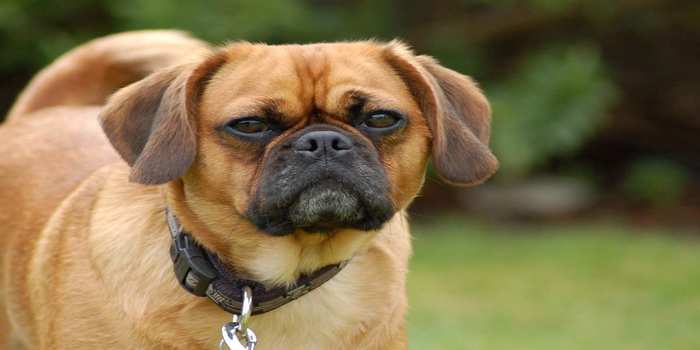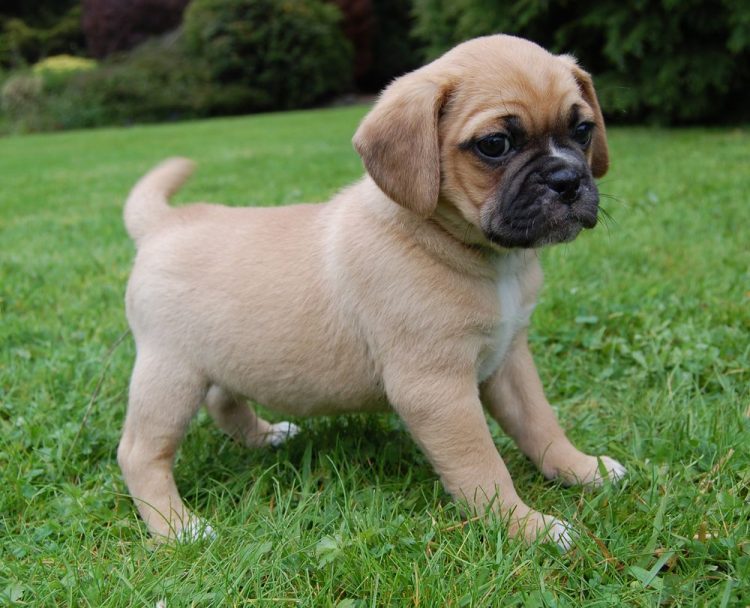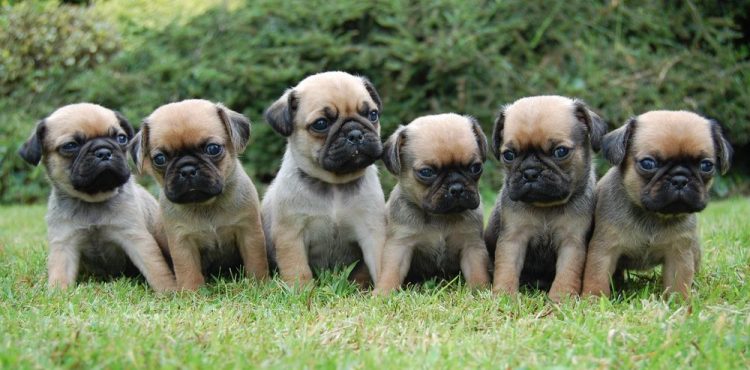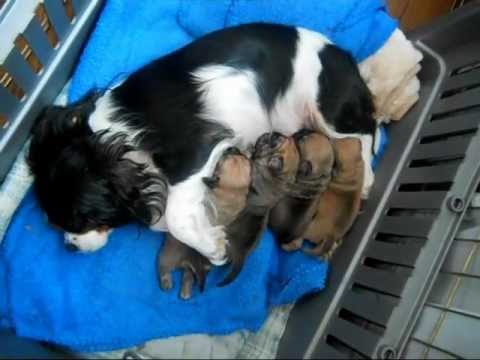The Pugalier is a small sized, crossbred of the Pug and the Cavalier King Charles Spaniel. The friendly little Pugalier is a playful and loving companion dog that makes a great addition to any family. The Pugalier may also be called a Pugilier or Puglier or the Cavapug.
Pug x Cavalier King Charles Spaniel = Pugalier
History/Origin of the Pugaliers
The Pugalier is likely dates to around the 1980s or 1990s when the crossing of pure-breds to produce an often healthier or non-shedding or smaller variation on a popular breed, first began.
The idea in creating the breed was to retain the charm of the Pug while minimizing its breathing problems by creating a slightly longer nose for the mixed offspring. They have become increasingly popular over the last 7-10 years.
Appearance
As the Pug and the Cavalier King Charles Spaniel are quite different breed dogs, so a considerable variation is seen in their progeny. However, most will have a distinctive look that defines them as their own breed.
Most Pugalier dogs have a slightly longer face than their Pug parent, thus reducing the risks of breathing problems. Many Pugaliers are larger than an average Pug. They have brown protruding eyes and soft and floppy ears.
The fur of the
Temperament & Behavior
The Pugalier is a loving and friendly dog who thrives on human attention and companionship. While he may inherit some of the Pug’s spunk and willful nature, he most certainly will gain the sweet, calm characteristics and gentle personality traits of the Cavalier King Charles Spaniel.
Pugaliers are easy-going, inquisitive, and outgoing. It would be almost impossible to go wrong with a Pugalier’s temperament of these friendly and gentle dogs.
Pugliers can be curious and are stubborn at times. They are full of personality and will keep their owners entertained. Most Pug-Cavalier mixes get along well with children and other pets in the family.
Pugalier Pictures
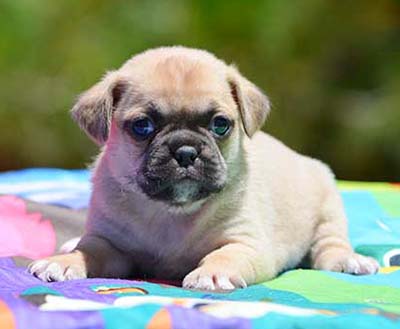
Puglier 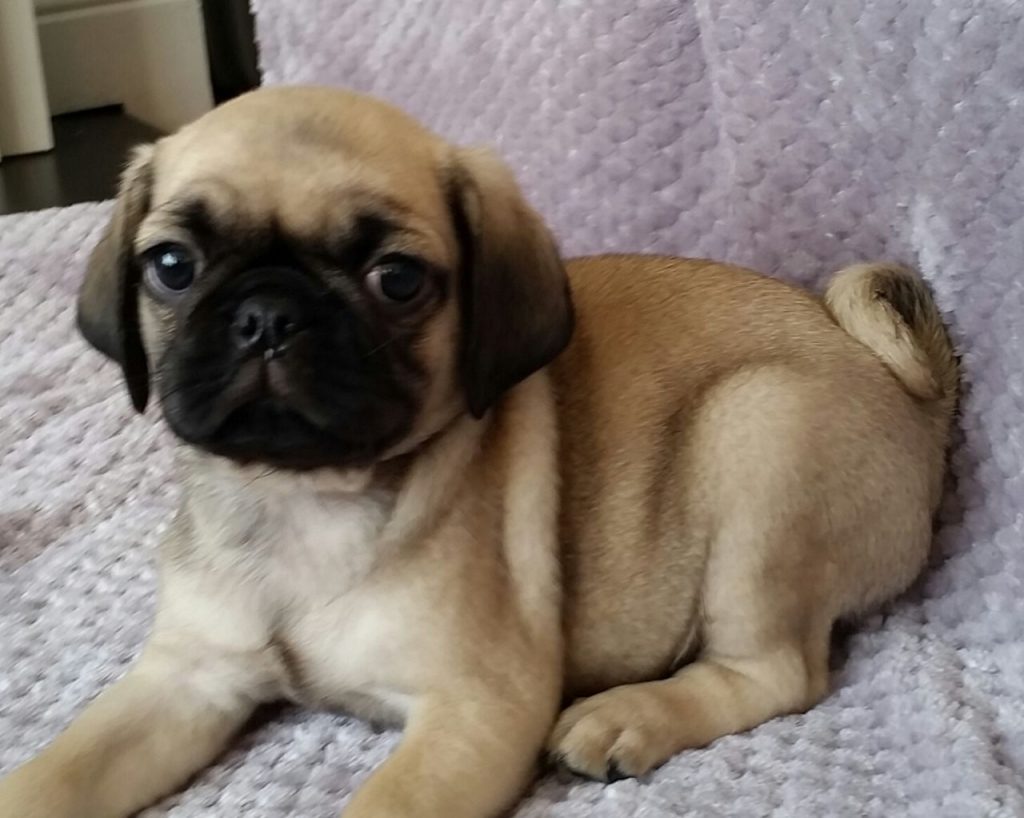
Puglier Dog 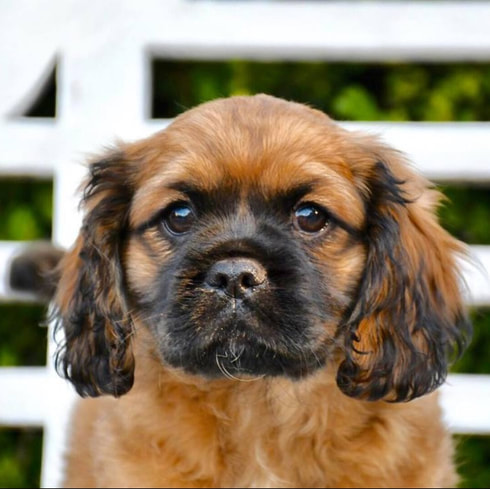
Pugaliers 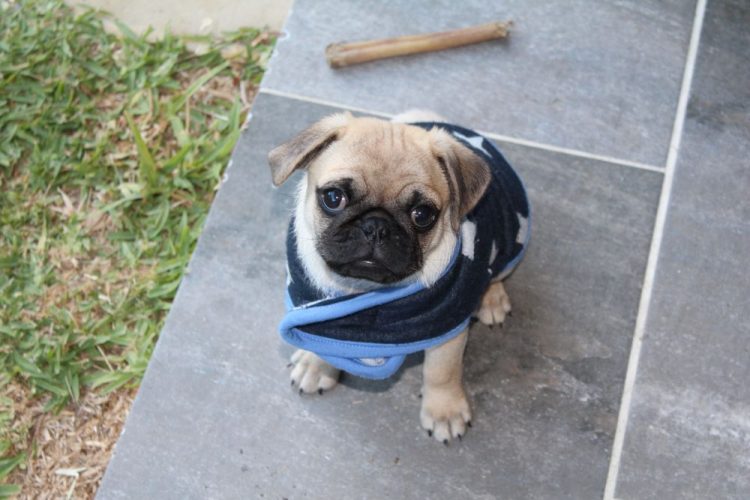
Pugalier Size 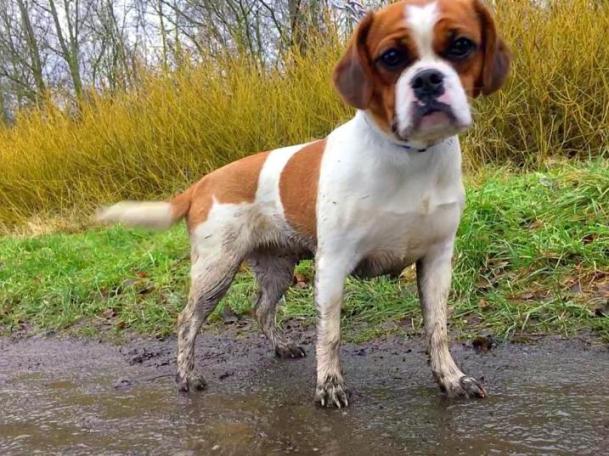
Pugalier Images 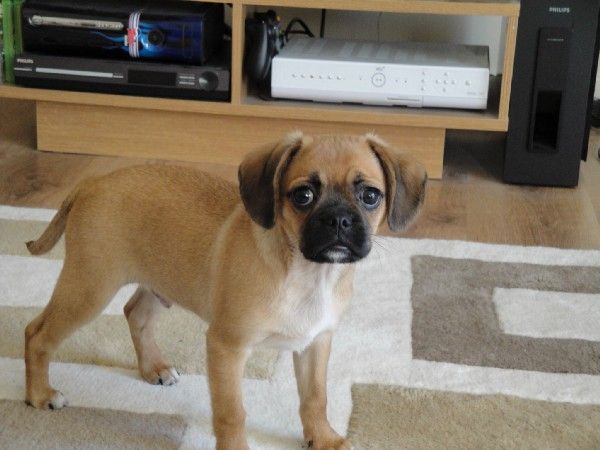
Pugalier Dog 
Pugalier Dog Full Grown 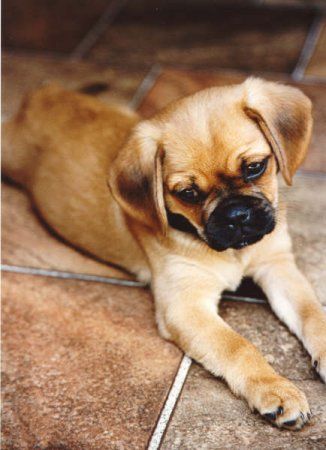
Pug X Cavalier King Charles Spaniel 
Pug and Cavalier King Charles Spaniel Cross 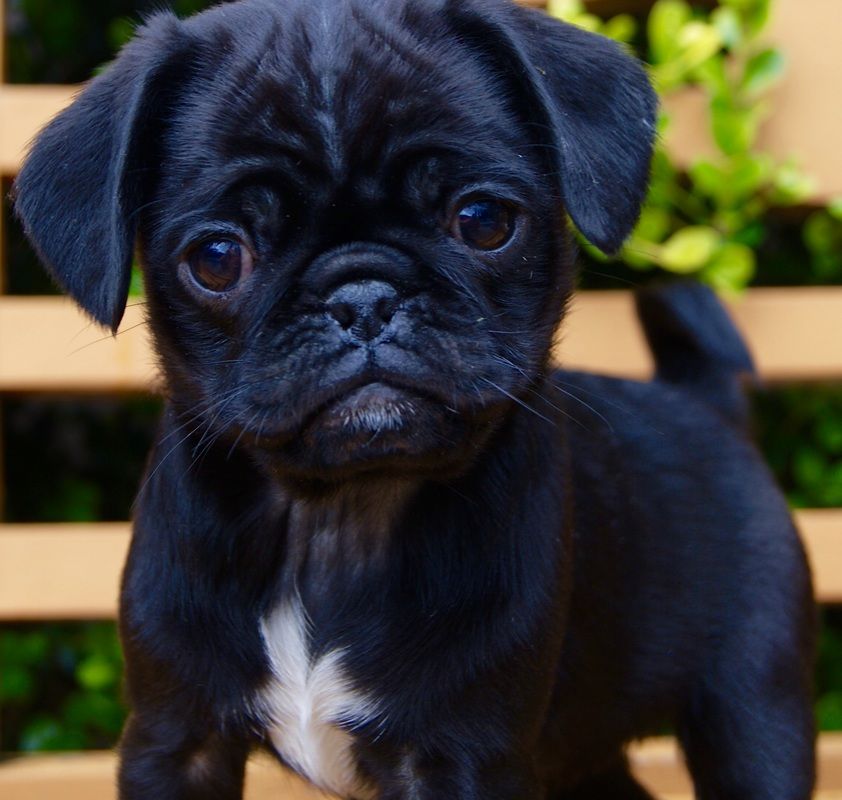
Black Pugalier
Quick Information & Facts
| Characteristics | Details |
|---|---|
| Name | Pugalier |
| Other Names | Pugilier or Puglier, Cavapug |
| Color | Fawn or black, with or without white or fawn markings. |
| Coat | Short |
| Breed Type | Crossbred |
| Breed Group | Designer Dogs, Companion Dogs |
| Size | Small |
| Hieght | 10-14 inches |
| Weight | 14-18 lb |
| Life Span/Life Expentancy | 10-14 Years |
| Temperament | Playful, Loyal, Affectionate, People-Pleasing, Friendly |
| Shedding | High |
| Hypoallergenic | N.A |
| Barking Level | High |
| Energy Level | Active |
| Good with Children | Yes |
| Good with Other Dogs | Yes |
| Competitive Registration/Qualification Information | ACHC, DDKC, DRA, IDCR |
Care ~ Exercise
Pugaliers are fairly active dogs and will benefit from daily exercise, which can include a walk, running indoor or outdoor play, and visits to the dog park. This will benefit your pet both physically and emotionally from interactive playtime.
The moderate activity requirements of this pooch
If they are outdoors it is important to make sure they don’t over-exert themselves and are not too long in the heat or cold, especially if they have a shorter muzzle. Make sure they have enough water as well.
Grooming
The
Those dogs with numerous wrinkles and folds should be wiped with a damp clean cloth on occasion in order to avoid developing a skin infection. Their eyes and ears should be checked to make sure they are clean and dry.
Brush the teeth of your pet several times per week to ensure his long-term dental health.
Dogs of the mix breeds will shed year round requiring some maintenance of your furniture, carpet, and clothes.
Health Problems
Pugalier is a healthy dog and has a life-span of 9-14 years depending on their weight and activity level. As a Designer Dog, the Pugalier has been bred with the goal of reducing many of the health issues that can pose problems for his parent breeds.
But while he may well be healthier than his parents, you should always take the time to learn what your new family member may inherit down the line.
Some of the heath issues faced by the Cavapugs are:
- Hip Dysplasia
- Heart Conditions
- Patellar Luxation
- Dry Eyes
Training
The Pugalier is a playful little dog who will respond best to training and socialization that takes place when he is still young and more inclined to pay attention.
Obedience training that addresses the 5 key commands as well as gradual exposure to new sights, sounds, and situations will make him more adaptable and less reactive. The Puglier’s loves his treats which should be top-quality and doled out only as earned.
Food/Diet
The
Feed him with food that is higher in protein and lower in fillers such as carbs that will cause him to constantly feel hungry and want to over-eat – particularly given his propensity to suffer from joint issues later in life.

